




 Irish Sea
Irish Sea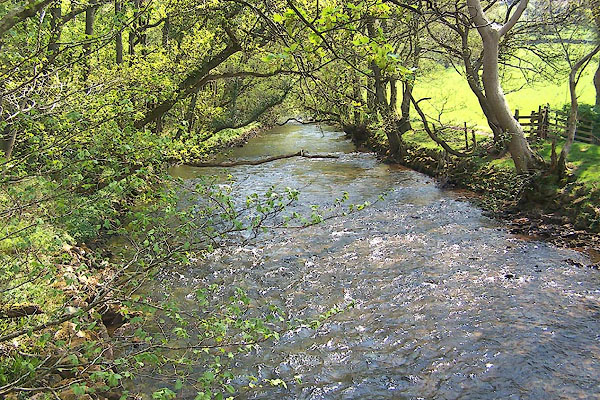
BMB70.jpg At Lund Bridge.
(taken 11.5.2006)
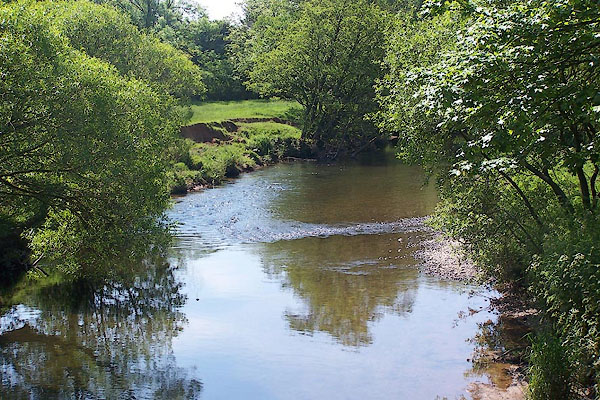
BNT99.jpg At Holme Bridge.
(taken 5.6.2007)
 click to enlarge
click to enlargeLld1Cm.jpg
item:- Hampshire Museums : FA1998.69
Image © see bottom of page
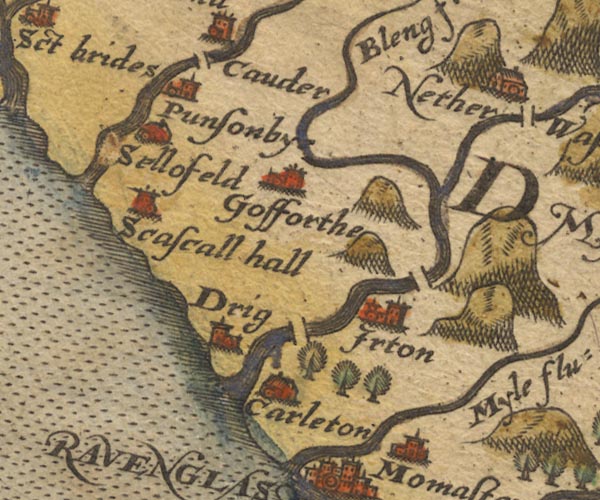
Sax9NY00.jpg
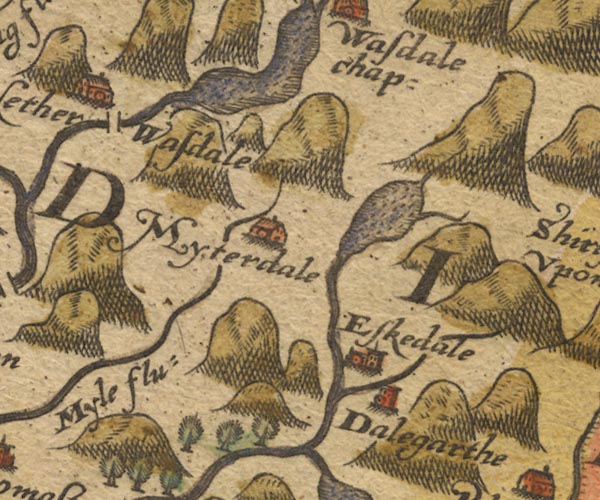
Sax9NY10.jpg
from Wastwater
item:- private collection : 2
Image © see bottom of page
placename:-
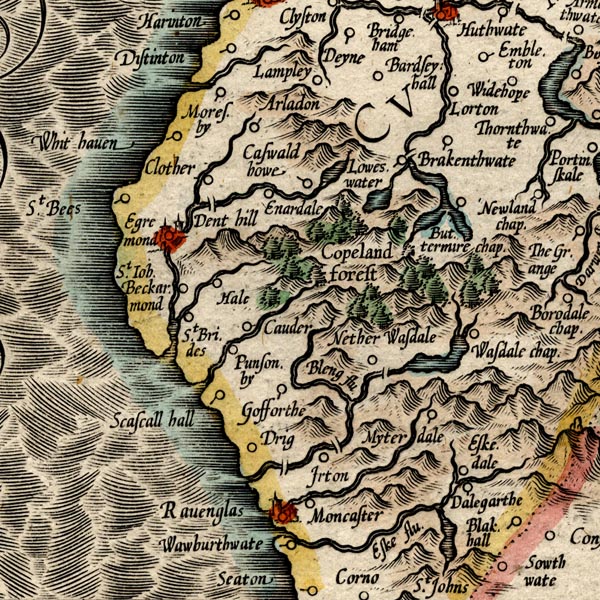
MER8CumE.jpg
""
double line with stream lines; river, running into the sea N of Ravenglass
item:- JandMN : 169
Image © see bottom of page
item:- pearl; mussel
 goto source
goto sourcefirst page:- "... the Rivers seed a kinde of Muskle that bringeth forth Pearle, where in the mouth of the Irt, as they lie gaping and sucking in dew, the Country people gather and sell to the Lapidaries, to their owne little, and the buyers great gaine. ..."
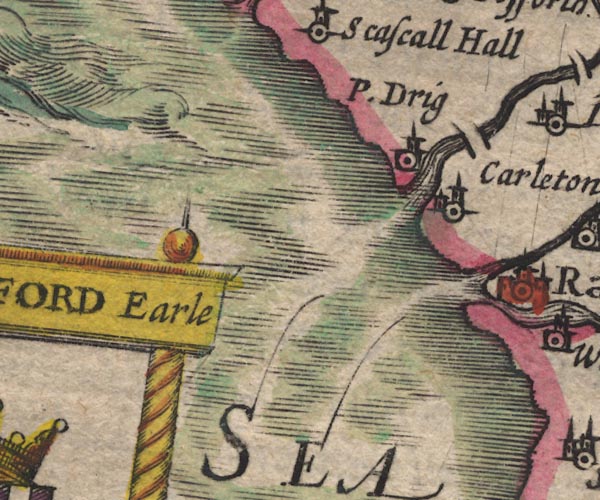
SP11SD09.jpg
double line with stream lines, runs into the sea
item:- private collection : 16
Image © see bottom of page
placename:- Irt
item:- pearls
 goto source
goto sourcepage 163:- "...
In Ravenglasse, ...
Comes Irt, of all the rest, though small, the richest Girle,
Her costly bosome strew'd with precious Orient Pearle,
Bred in her shining Shels, which to the deaw doth yawne,
Which deaw they sucking in, conceave that lusty Spawne,"
 goto source
goto sourcepage 164:- "Of which when they grow great, and to their fulnesse swell,
They cast, which those at hand there gathering, dearly sell."
placename:- Irt Flu.
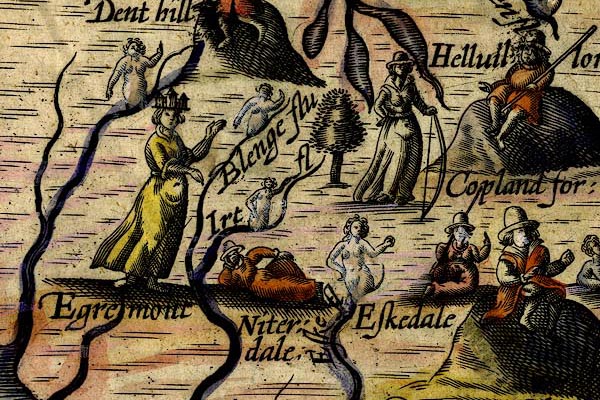
DRY519.jpg
"Irt fl"
River, naiad.
item:- JandMN : 168
Image © see bottom of page
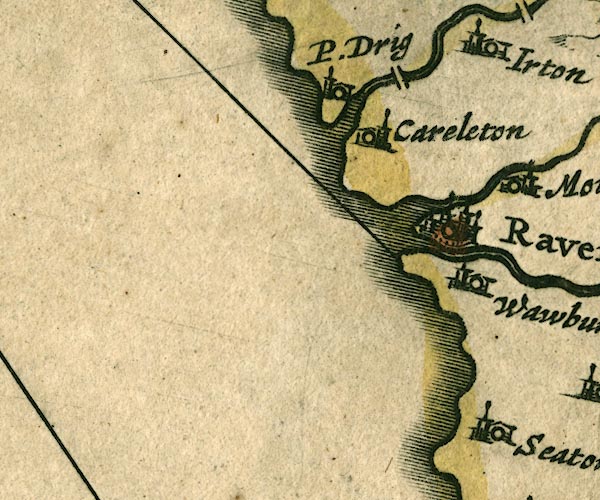
JAN3SD09.jpg
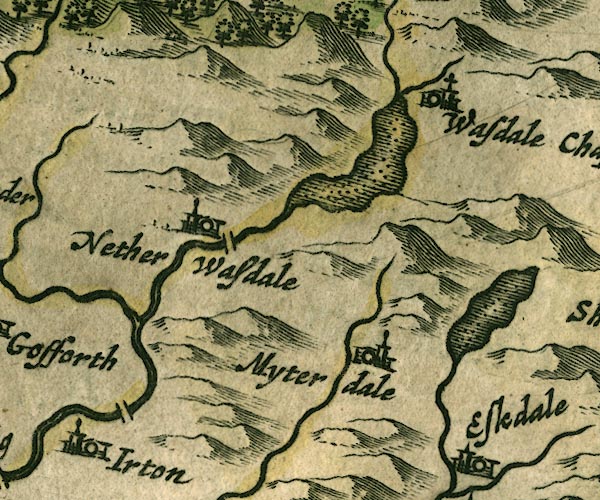
JAN3NY10.jpg
Double wiggly line tapering to single.
item:- JandMN : 88
Image © see bottom of page
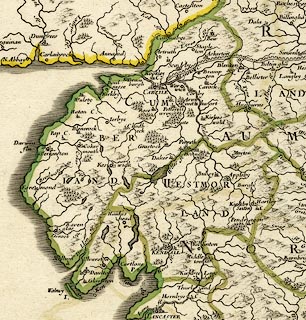 click to enlarge
click to enlargeSAN2Cm.jpg
tapering wiggly line; river
item:- Dove Cottage : 2007.38.15
Image © see bottom of page
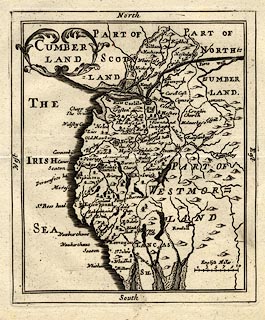 click to enlarge
click to enlargeSEL9.jpg
tapering wiggly line; river
item:- Dove Cottage : 2007.38.89
Image © see bottom of page
placename:- Irt River
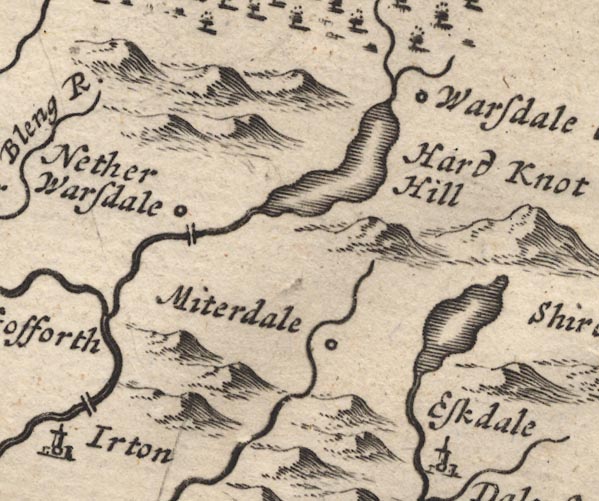
MD12NY10.jpg
from Wastwater
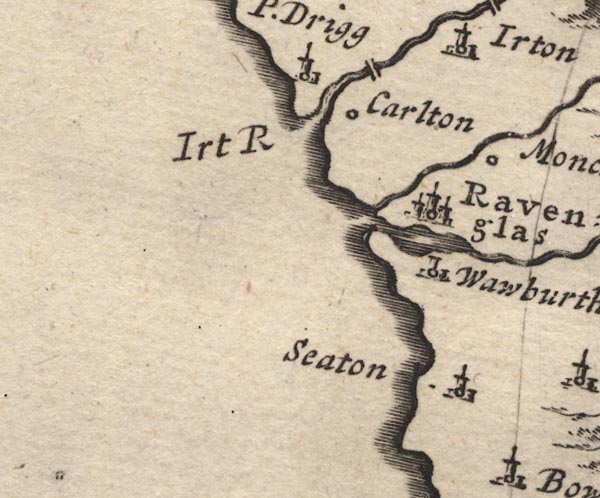
MD12SD09.jpg
"Irt R"
River mouth.
item:- JandMN : 90
Image © see bottom of page
placename:- Ire, River
item:- pearl
"I enquired much for the pearl fishery here, which Mr. Cambden speaks of, as a thing well known about Ravenglass and the River Ire, which was made a kind of bubble lately: But the country people, not even the fishermen, could give us no account of any such thing; nor indeed is there any great quantity of the shell-fish to be found here (now) in which the pearl are found, I mean the large oyster or muscle. What might be in former times, I know not."
placename:-
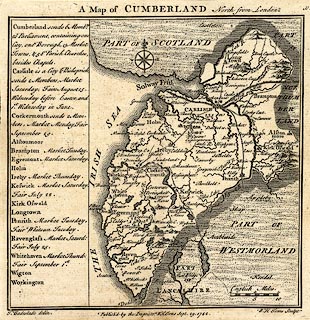 click to enlarge
click to enlargeBD10.jpg
""
tapering wiggly line, from Wast water to coast at Drigg
item:- JandMN : 115
Image © see bottom of page
placename:- Irt Brook
item:- pearl; mussel; sand pearl
 goto source
goto source"... The chief Commodities [of Cumberland] are ... Pearls, &c. ... As to the Pearls, they are found at the Mouth of the little Brook Irt, somewhat to the N. of Ravenglass, in a sort of Shell Fish, or Muscles, which the Country People used to gather up at low Water: They are of all Colours; those that are not bright and shining, commonly call'd Sand-Pearl, are as useful in Physick, as the finest, tho' not so beautiful. There has been a Patent not long since granted to some Gentlemen and others for Pearl Fishing here, but it is uncertain whether it will turn to any Account."
placename:- Irt River
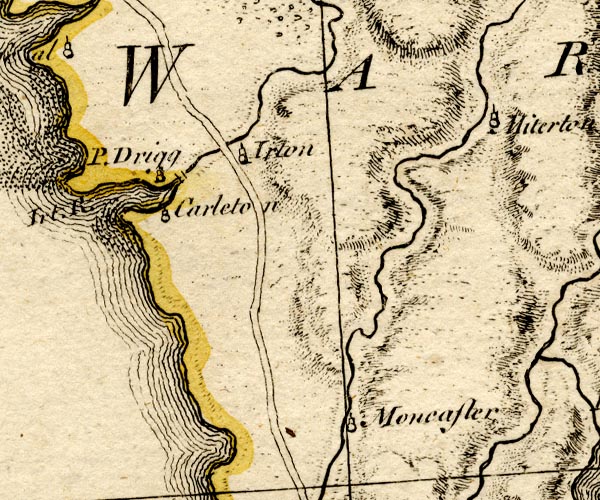
BO18SD09.jpg
"Irt R."
wiggly line and river mouth, into the sea
item:- Armitt Library : 2008.14.10
Image © see bottom of page
placename:- Irt River
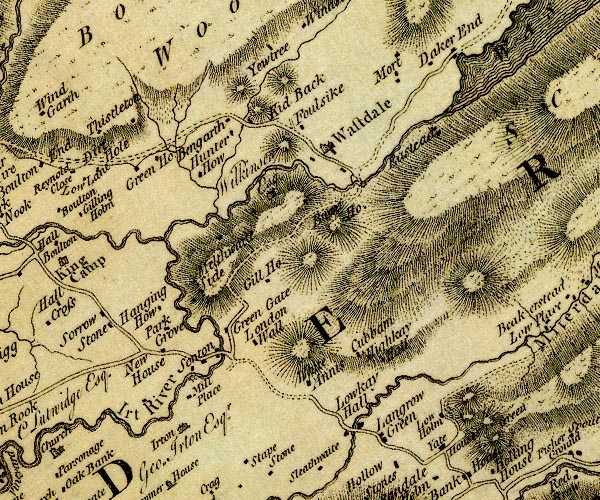
D4NY10SW.jpg
"Irt River"
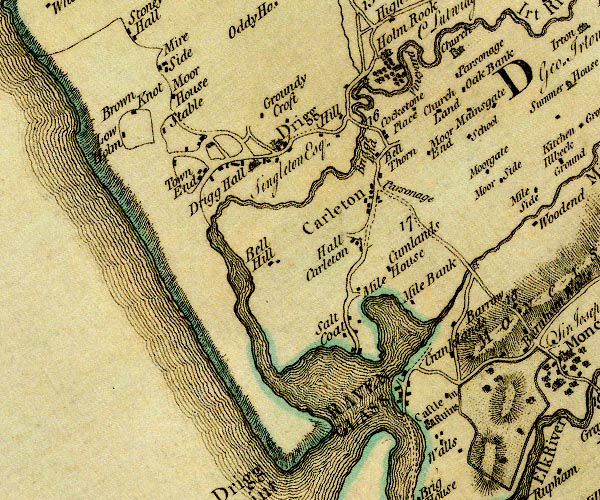
D4SD09NE.jpg

D4SD09NE.jpg
single or double wiggly line; a river into the sea; estuary
item:- Carlisle Library : Map 2
Images © Carlisle Library
placename:- Ort, River
 goto source
goto sourcePage 19:- "RAVINGLAS Harbour."
"Ravinglas is a dry Harbour in Cumberland, where three rivulets, Esk, Mite, and Ort, unite. ..."
placename:- Irt River
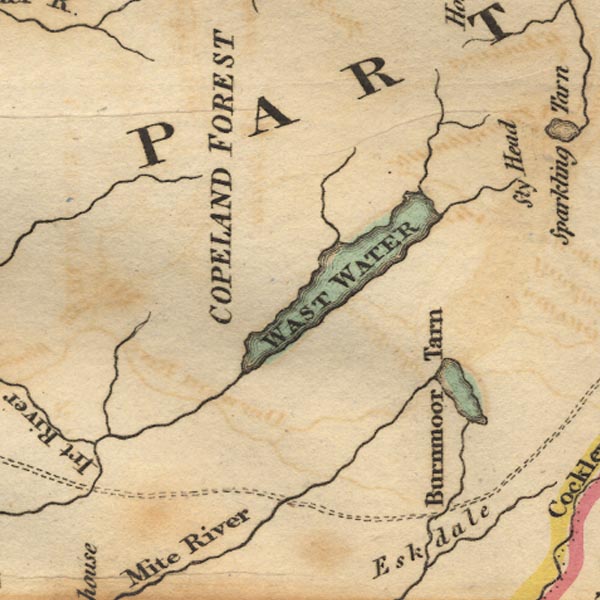
Ws02NY10.jpg
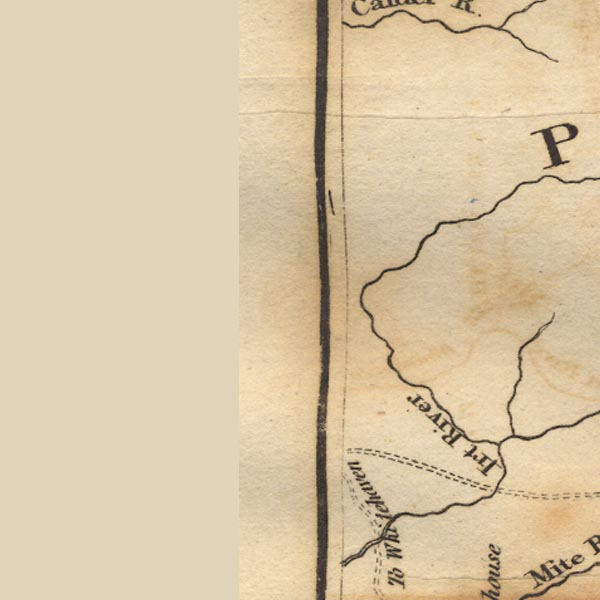
Ws02NY00.jpg

Ws02SD09.jpg
item:- Armitt Library : A1221.1
Image © see bottom of page
placename:- Irt, River
item:- pearls
 goto source
goto sourcePage 169:- "..."
"... the little river Irt runs into the sea, in which the shell-fish having by a kind of irregular motion taken in the dew, which they are extremely fond of, are impregnated, and produce pearls, or, to use the poet's phrase, baccae concheae, shell-berries, which the inhabitants, when the tide is out, search for, and our jewellers buy of the poor for a trifle, and sell again at a very great price. Of these and the like Marbodeus seems to speak in that line;"
"Gignit &insignes antiqua Britannia baccas.
Old Britain also famous berries yields."
placename:- Irt, River
item:- pearls; sand pearl; mussels
 goto source
goto sourcePage 180:- "..."
"... the Irt ... Muscle pearls are found in this and other rivers hereabouts as also in Wales. A patent was granted to certain gentlemen for pearl fishing here, but they are not very plentiful, and may be had cheaper from the straits of Magellan, where sir John Narborough and sir Richard Hawkins tell us they abound in every muscle. Tacitus describes the British pearls as of bad colour, subfuscae ac liventes; but this is not their general character. Bede gives a juster account of them when he says they are of all colours. Those that are not bright and shining, and such are met with in the Irt, &c. are usually called Sand pearl, which are as useful in physic as the finest. Dr. Lister says he has found sixteen of these in one muscle, but that they are all only senescentium musculorum vitia. The poor people gather them at low water, and sell them to the jewellers, and it is said Mr. Patrickson of How in this county got as many as sold for 800l."
placename:- Irt River
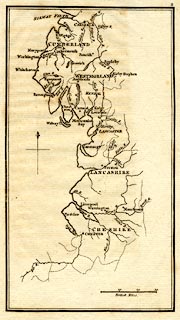 click to enlarge
click to enlargeM076.jpg
"Irt R."
river
item:- JandMN : 421
Image © see bottom of page
 click to enlarge
click to enlargeGRA1Cd.jpg
tapering wiggly line; river
item:- Hampshire Museums : FA2000.62.2
Image © see bottom of page
placename:- Irt River
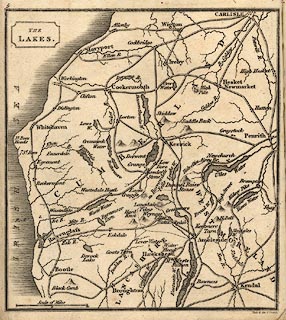 click to enlarge
click to enlargeGRA1Lk.jpg
"Irt R."
tapering wiggly line; river
item:- Hampshire Museums : FA2000.62.5
Image © see bottom of page
placename:- Irt River
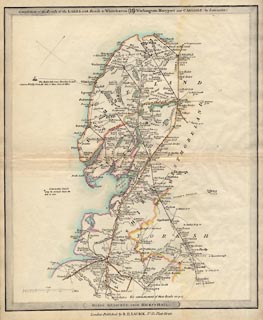 click to enlarge
click to enlargeLw18.jpg
"Irt River"
river
item:- private collection : 18.18
Image © see bottom of page
placename:- Irt River
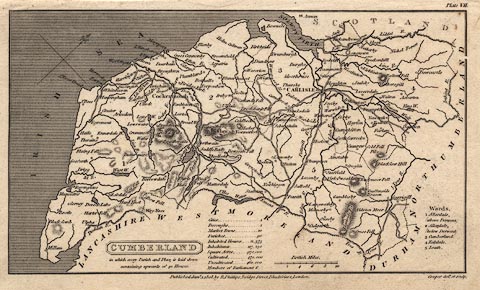 click to enlarge
click to enlargeCOP3.jpg
"Irt R."
tapering wiggly line; river
item:- JandMN : 86
Image © see bottom of page
placename:- Irt River
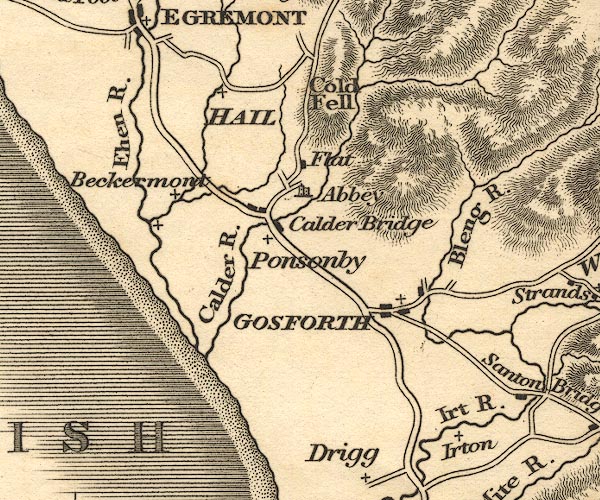
OT02NY00.jpg
"Irt R."
item:- JandMN : 48.1
Image © see bottom of page
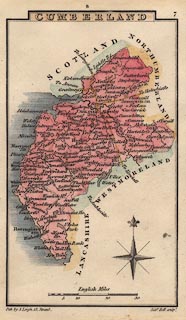 click to enlarge
click to enlargeHA14.jpg
tapering wiggly line; river
item:- JandMN : 91
Image © see bottom of page
 goto source
goto sourcePage 41:- "The Esk, ... enters the sea at Ravenglass; where the Irt from Wasdale, and the Mite from Miterdale, join it upon the sands. ... The Bleng, passing Gosforth, falls into the Irt above Santon Bridge."
placename:- Irt River
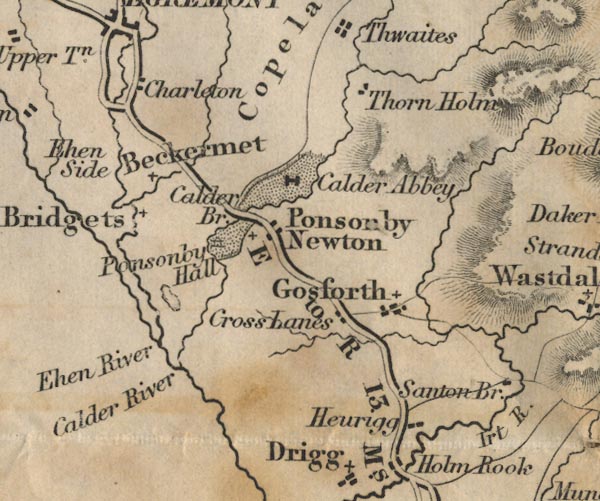
FD02NY00.jpg
"Irt R."
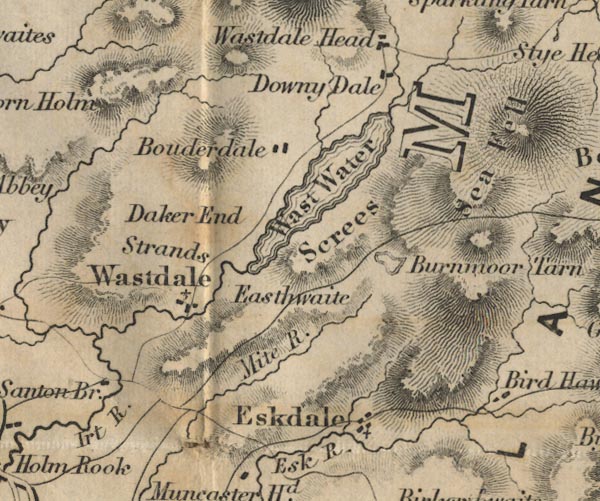
FD02NY10.jpg
from Wastwater
item:- JandMN : 100.1
Image © see bottom of page
placename:- Irt, River
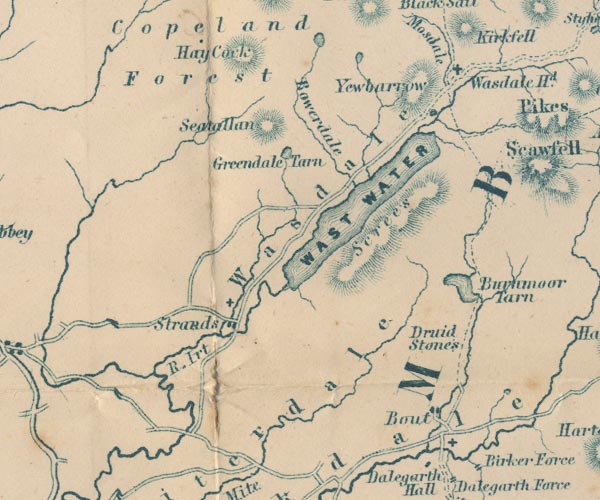
GAR2NY10.jpg
"R. Irt"
wiggly line, river
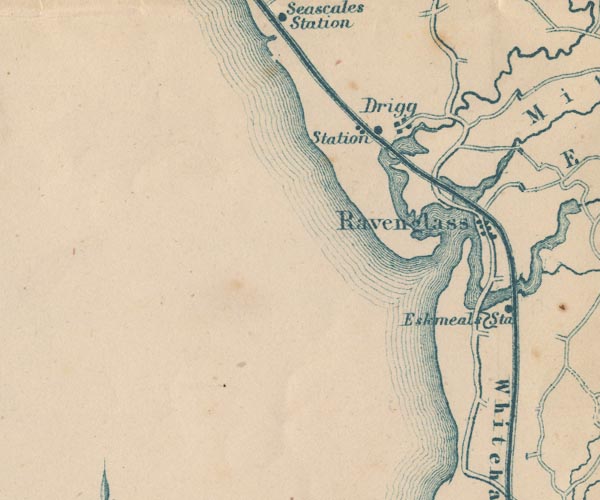
GAR2SD09.jpg
item:- JandMN : 82.1
Image © see bottom of page
placename:- Irt, River
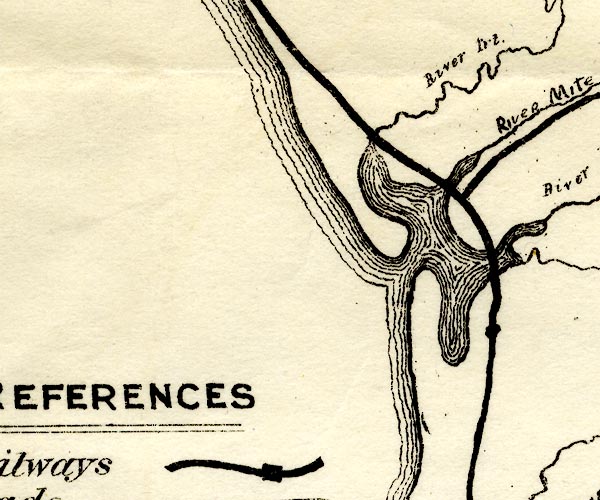
PST2SD09.jpg
"River Irt"
wiggly line, running into Ravenglass harbour
item:- JandMN : 162.2
Image © see bottom of page
placename:- Irt, River
 goto source
goto sourcePage 385:- "..."
"The Irt, Mite, and Esk streams [at Ravenglass Harbour] have their sources near Scafell Pikes in Cumberland, the first from Wast water, 13 miles from Ravenglass; the second near Birnmoor tarn, 8 miles; and the third near Angel tarn, 18 miles."
 |
NY10480256 Craghouse Bridge (Irton with Santon) L |
 |
SD06439825 ford, Drigg and Carleton (Drigg and Carleton) |
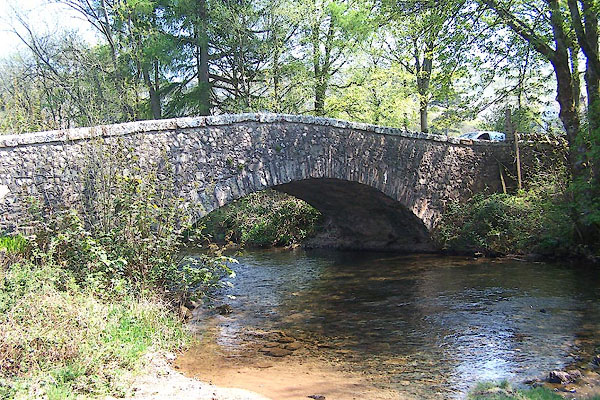 |
NY12840375 Forest Bridge (Nether Wasdale / Irton with Santon) |
 |
NY10780408 Gaterigghow Bridge (Gosforth / Irton with Santon) |
 |
NY10320287 Hollins Bridge (Irton with Santon) |
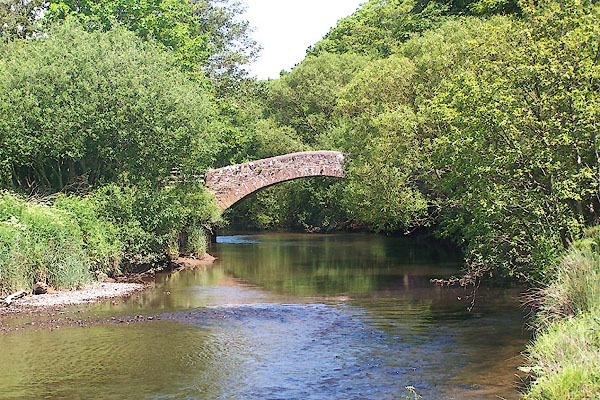 |
SD07709872 Holme Bridge (Drigg and Carleton) |
 |
NY08280013 Holmrook Hall Bridge (Irton with Santon) L |
 |
SD08019954 Irt Bridge (Drigg and Carleton / Irton with Santon) |
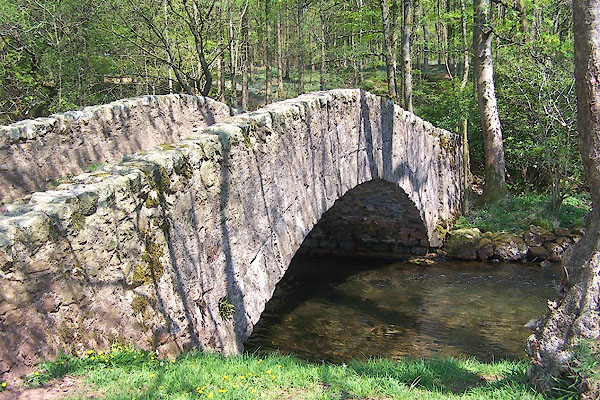 |
NY14140390 Lund Bridge (Nether Wasdale / Irton with Santon) |
 |
NY10550121 mill, Santon Bridge (Irton with Santon) suggested |
 |
SD08229613 Ravenglass Fishery (Muncaster) |
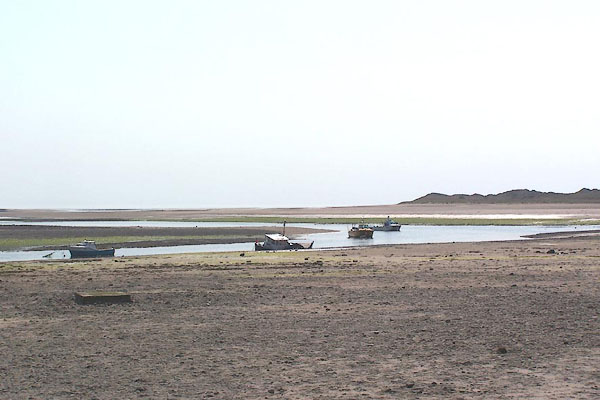 |
SD08159602 Ravenglass Harbour (Muncaster / Bootle / Drigg and Carleton) |
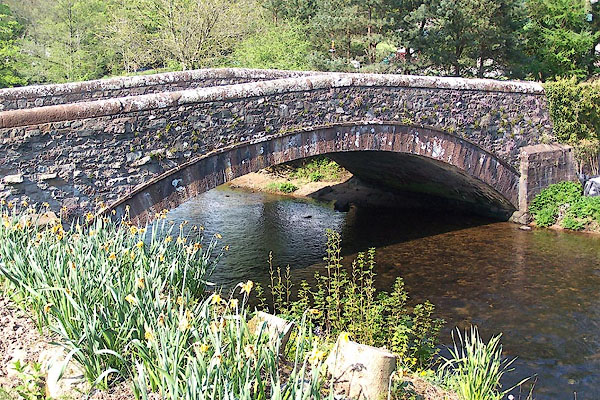 |
NY11020162 Santon Bridge (Irton with Santon) |
 |
NY08070072 Stock Bridge (Irton with Santon) |
 |
SD06789852 Irt Viaduct (Drigg and Carleton) |
